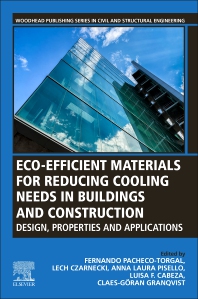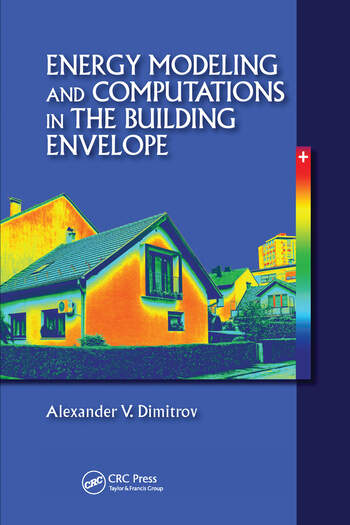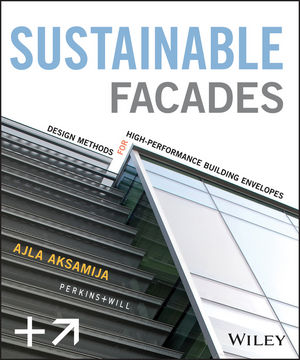Study: Energy-Efficient Windows Help Reduce Carbon Emissions

Decarbonization to fight climate change can take many forms, from clean renewable energy like solar and wind, to more efficient or all-electric vehicles. A less discussed but important piece of the sustainability puzzle is windows.
New research shows just how well energy-efficient windows, doors and skylights—referred to as fenestration products by industry professionals—can lower energy use and prevent additional pollution. Analyzing government data and state and city energy codes, researchers at the University of Florida found that energy-efficient fenestration products reduced energy use by 774 Gigawatt hours in the past 30 years. To put those savings into context, that’s the equivalent of reducing carbon emissions by 547 million metric tons, or one-year equivalent of electricity use by 70 million U.S. households or taking 118 million passenger cars off the road.
These savings were made possible in part by the National Fenestration Rating Council (NFRC), formed in 1989 by industry stakeholders to establish an independent energy-efficiency ratings and certification process. NFRC became an official part of U.S. law and building codes with the passage of the Energy Policy Act of 1992. The law established NFRC as the official rating council for windows, doors, and skylights. That year, NFRC also partnered with ENERGY STAR to provide the science behind its residential windows certifications.
Fast forward 30 years, and just like your car’s MPG is measured, NFRC fair, accurate, and credible ratings help you understand how your certified windows will perform. Inefficient windows can cost the U.S. $50 billion annually in energy waste. NFRC’s mission is to continue to bring that number down by rating products on how well they keep heat out during the summer and prevent heat from escaping in the winter. This research highlights just how valuable that work can be to not only reduce costs for businesses and households, but also keep our air as clean as possible.
These results are promising, but there is more work to do. Green building is in higher demand than ever. New York, D.C. and other cities are adopting stricter mandates to phase out the use of less-efficient glass in commercial construction. The full impact of those efforts will depend on the details and implementation, but NFRC has the data and science to help consumers and policymakers during this transition.
In some regions, outdated windows need to be replaced. A recent study by the Southeast Energy Efficiency Alliance (SEEA) found that at least 63 percent of homes in the region are not ENERGY STAR certified. SEEA’s analysis found that Arkansas could save 29 billion BTUs, $13.2 million, and 112 megatons of carbon dioxide if it increased the Solar Heat Gain Coefficient (SHGC) compliance of windows over the next three decades. SHGC measures how well a window prevents heat from the sun from entering the home. If the SHGC is too high, homeowners tend to use more air conditioning to cool their home, which wastes energy and raises their utility bill in the process.
Upfront costs prompt the use of cheaper, less effective fenestration products. Consumers need to know the tradeoffs and the long-term benefits such as energy savings and reduced pollution that the right windows can provide. Now data shows that those benefits easily outweigh the initial cost by reducing HVAC use and avoiding the damage of additional carbon emissions into the atmosphere.
Looking for a reprint of this article?
From high-res PDFs to custom plaques, order your copy today!








